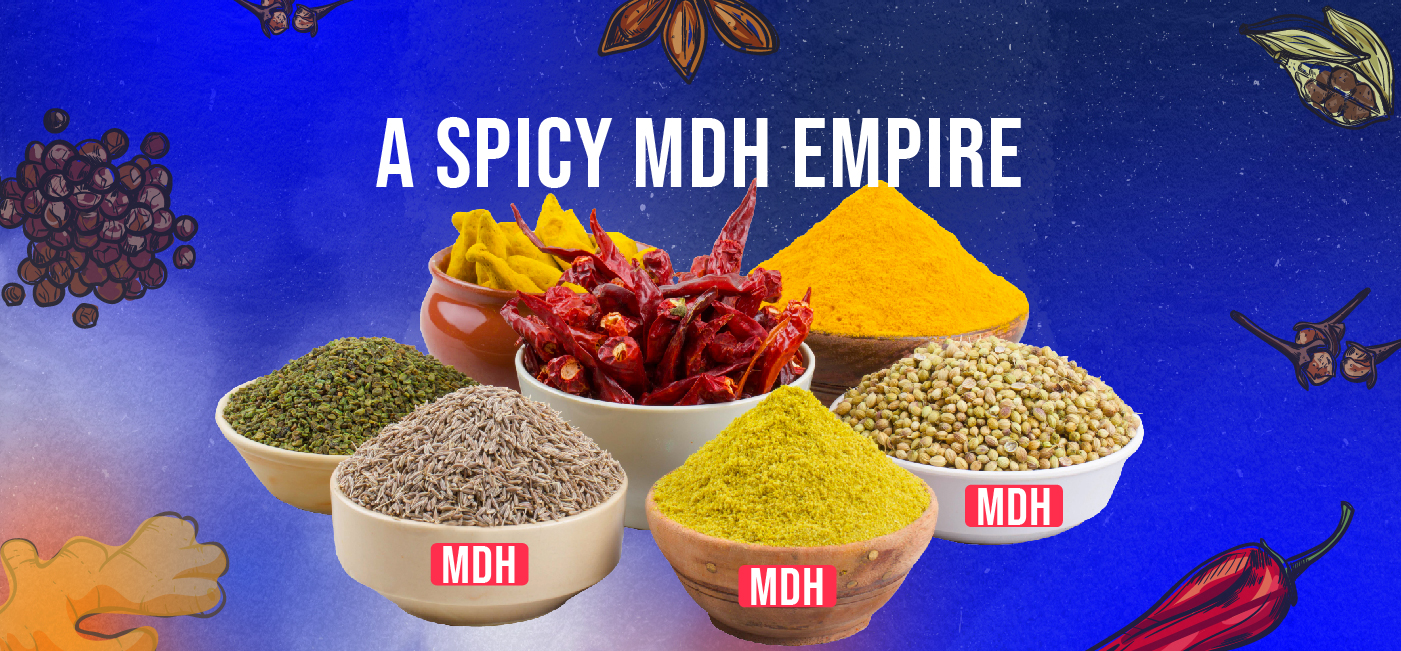Here’s a story of a man who embarked on a journey that changed how Indians experience and cook food. He is none other than Mahashay Dharampal Gulati. The echoes of his legendary story still linger in the catchy jingle, “Asli masale sach sach, MDH MDH.” Do you remember humming the jingle? We’re sure you do.
What lies behind this household name is a story of adventure and determination that transformed a humble seed capital of Rs 1,500 into a massive Rs 2,000 crore business empire.
This extraordinary saga is a classic example of the Hindu Undivided Business involving slow but tangible growth for generations. This story will pay tribute to the man who gave us the taste of India and the infamous MDH Spices, one spice blend at a time.
1923

Humble Beginning
It all began on a sunny day, March 27, 1923, when Mahashay Dharampal was born into a close-knit Hindu family. Chuni Lal’s father had already set the stage for the family’s legacy by selling spices from a small shop.
1933

Give Up Formal Education
After completing only the fifth grade, he was forced to discontinue his formal education. This decision worried his father, who was determined to impart practical skills to his son that would ensure a secure livelihood.
Mahashay Dharampal explored various odd jobs during his teenage years, from textiles to hardware, but none seemed to offer a sustainable career path. It wasn’t until he was around 15 years old that he discovered his true calling.
1937
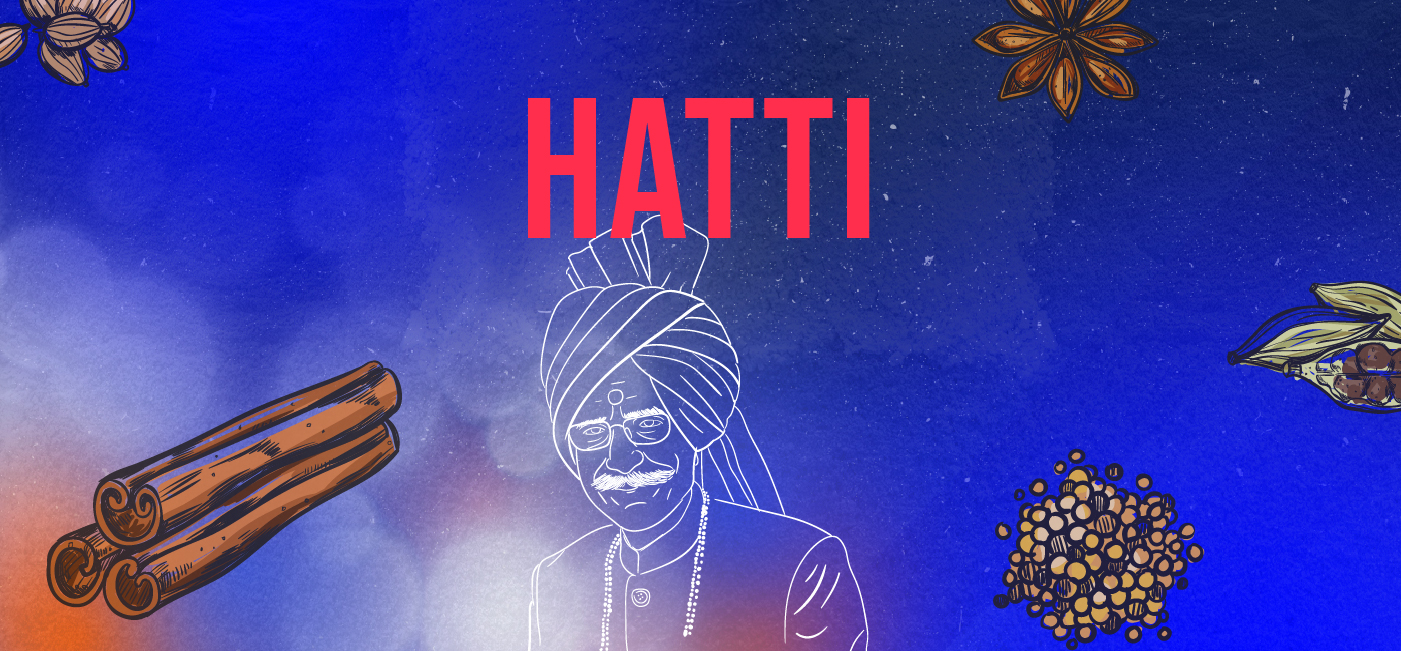
MDH Mahashian di Hatti is Born
At his father’s insistence, he spent more time at the family’s spice shop, where he learned the art of grinding pepper and various other spices.
This seemingly small stint sparked a fire in him, a commitment to furthering the family’s spice business.
The shop quickly became a rage and was popularly known as ‘Mahashian Di Hatti,’ which meant ‘the respected man’s shop.
1947
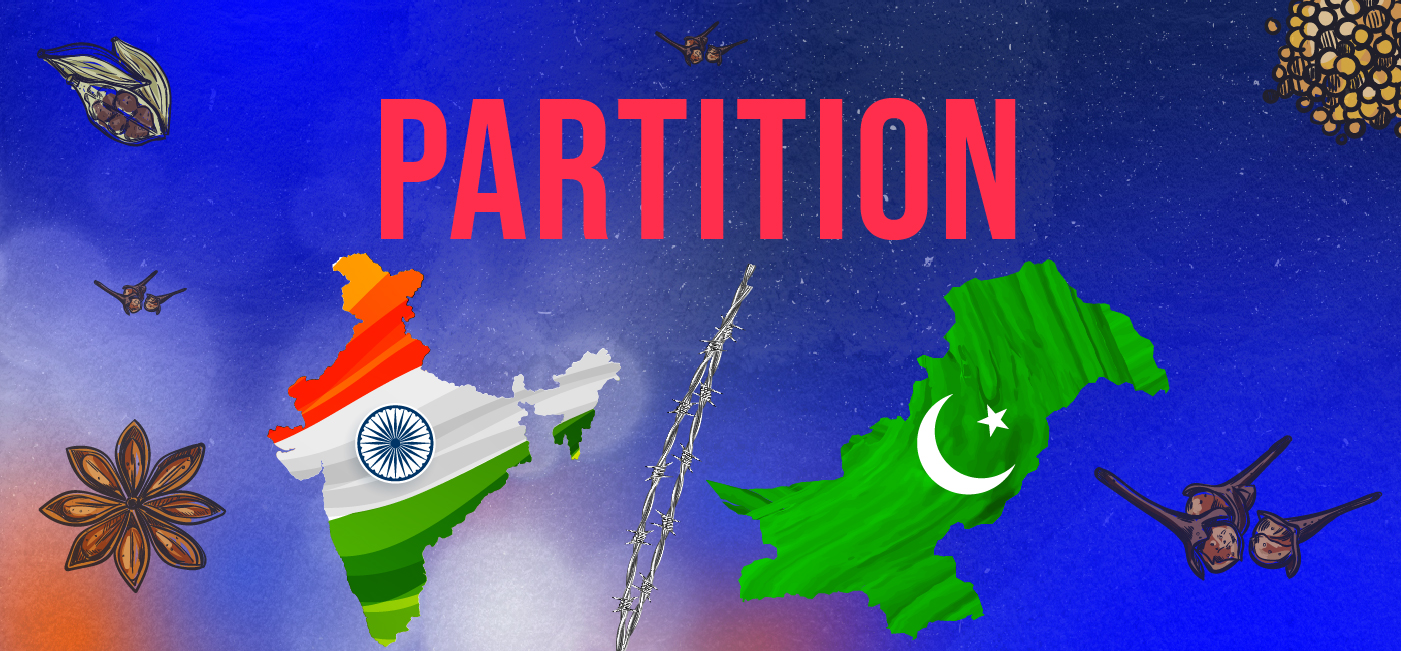
The Impact of the India-Pakistan Divide
When Mahashay Dharampal took the reins of the family spice business, India and Pakistan were partitioned. The family was forced to leave their thriving enterprise behind and become refugees in Amritsar. But resilience and determination were in Dharampal’s DNA.
1947
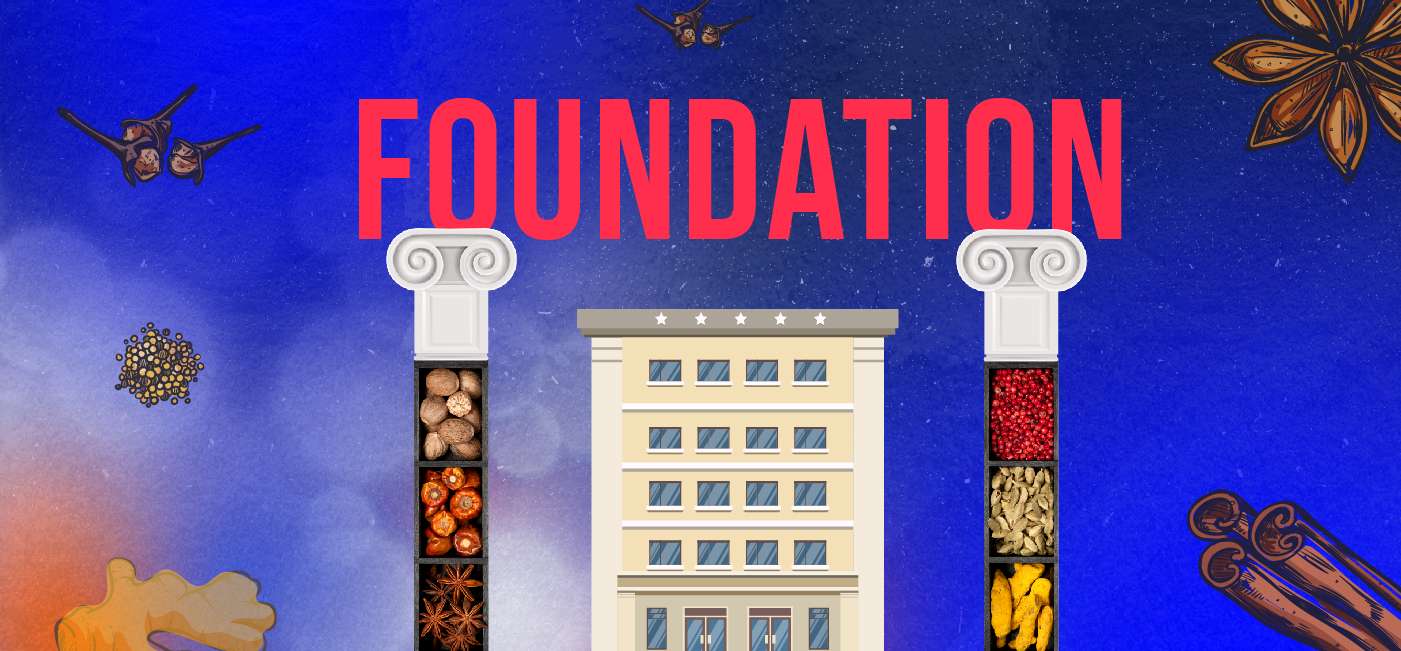
Laying The Groundwork of MDH
Dharampal then traveled to Delhi with Rs 1,500, investing in a horse carriage. Realizing it wouldn’t suffice, he sold the carriage and bought a small shop in Karol Bagh, laying the foundation of the MDH spice empire.
1959
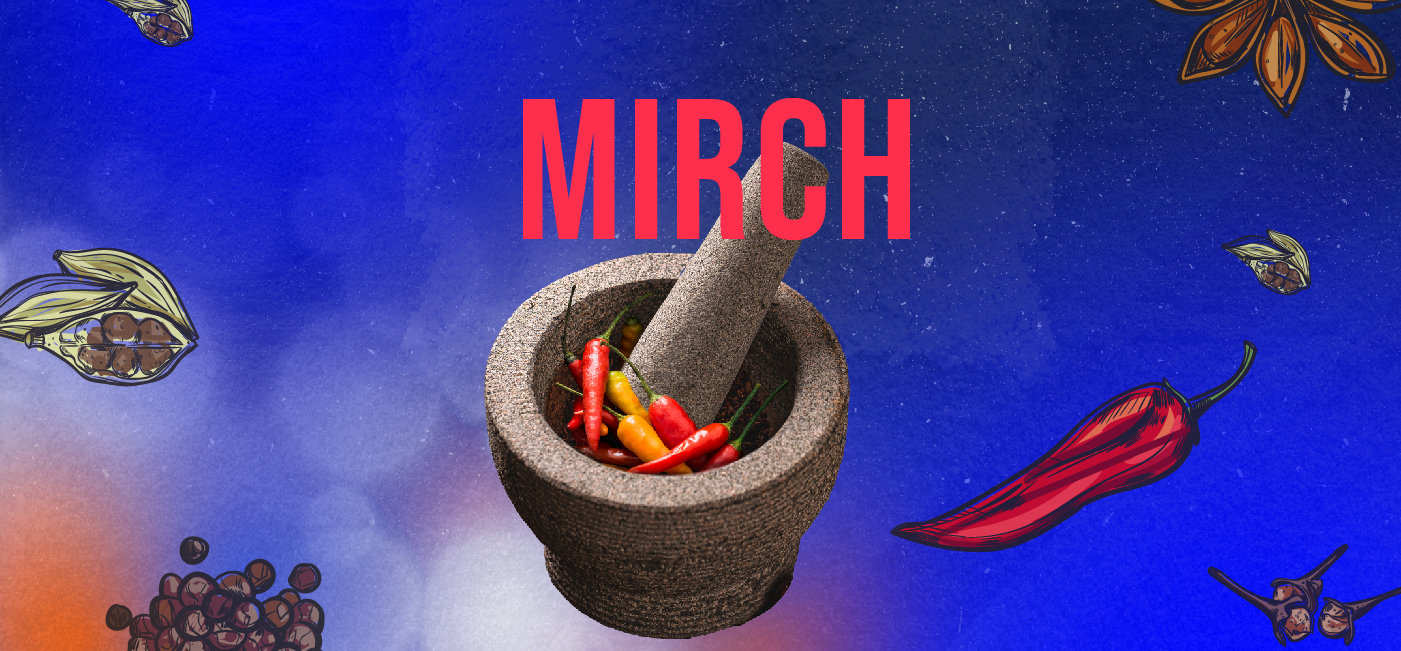
Birth Of ‘Deggi Mirch Wale’ & MDH Spices
Dissatisfied and tired of external sources and low-quality spices, he set up his spice factory and called it ‘Mahashian Di Hatti Private Limited,’ fondly known as MDH.
Mahashay Dharampal was not alone in this journey. His younger brother, Satpal, joined him, making it a Hindu family business. Under Mahashay Dharampal’s watchful eye, ‘Pal di Mirch’ (chili powder) and ‘Pal di Haldi’ (turmeric powder) were introduced.
The consistent quality and flavor soon gained recognition, earning Mahashay Dharampal the distinctive title of ‘Deggi Mirch Wale.’
1960
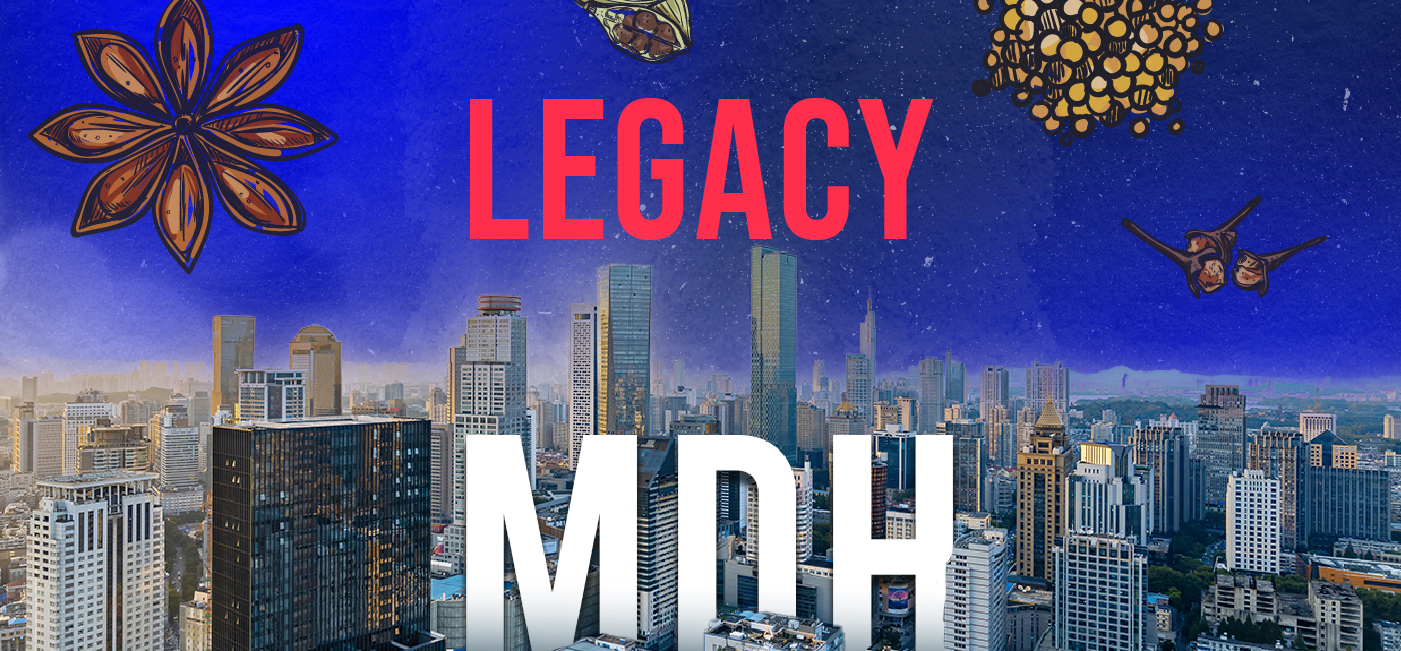
The MDH Legacy Begins
Mahashay Dharampal had a vision. He wanted to see MDH masalas in every Indian household.
Mahashay Dharampal launched pre-packaged masalas in cardboard boxes.
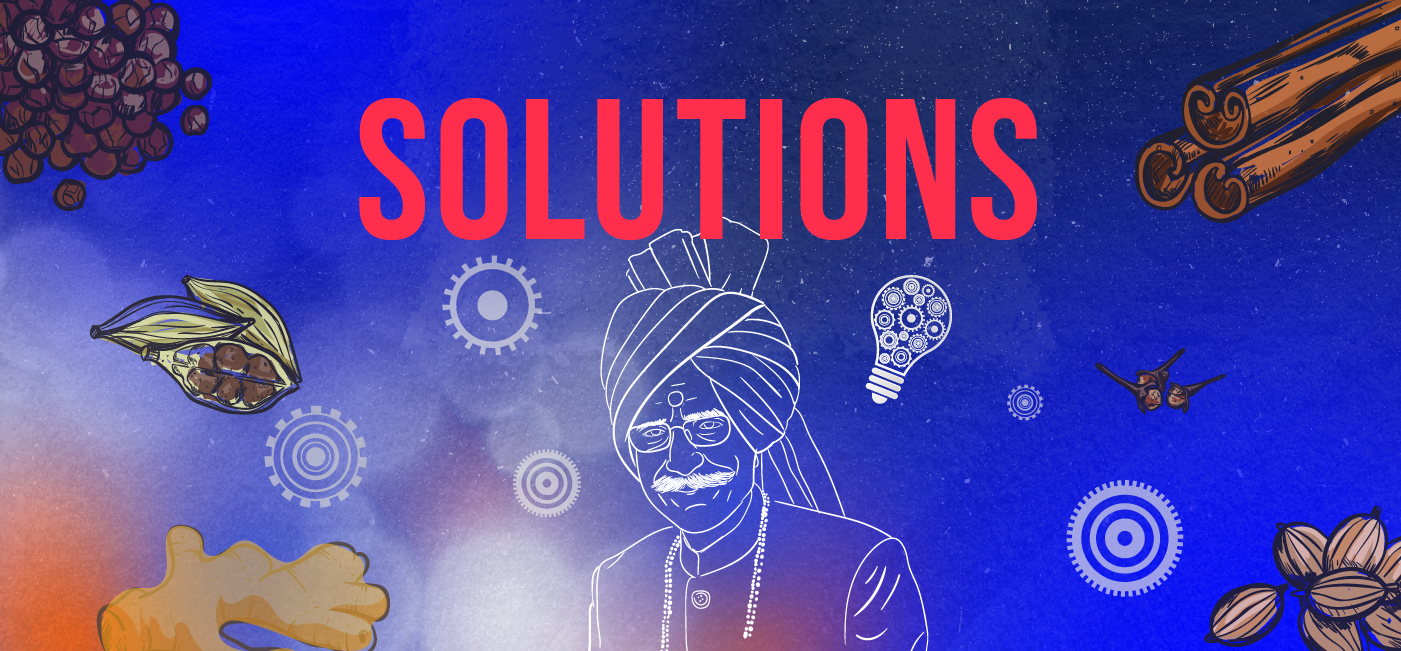
Innovative Marketing Approach
The cardboard packaging prominently featured Dharampal Ji’s photograph and a brand promotion message, assuring consumers of their quality with the words “Hygienic, full of flavor & tasty.”
This touching marketing approach convinced customers and solidified the perception of MDH masalas as superior in quality, taste, and flavor. The success of pre-packaged spices led to the launch of ‘Garam Masala,’ ‘Degi Mirch,’ and ‘Kasuri Methi.’
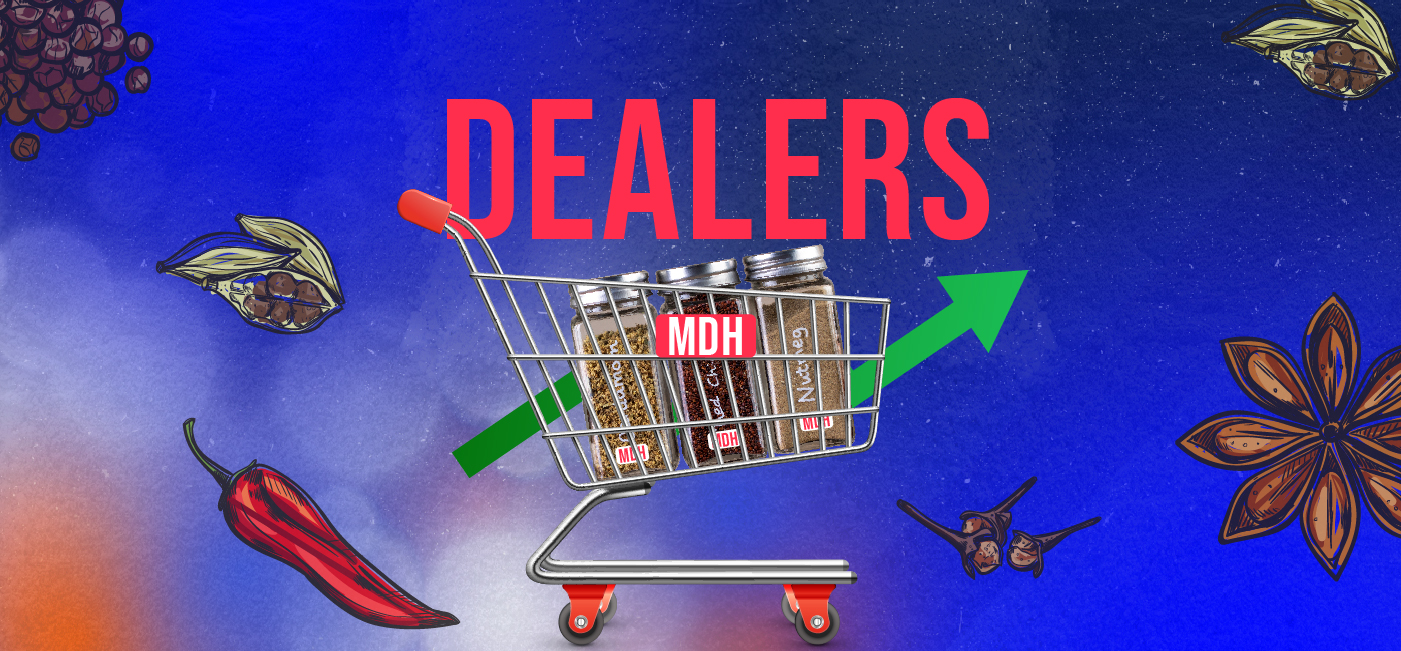
60 Products, 1000+ Stockists, & 4+ lakh Retail Dealers
MDH, established by Mahashay Chunni Lal Gulati in Sialkot in 1919, had grown into a brand with over 60 products, 1000+ stockists, and 4+ lakh retail dealers.
Under the leadership of Dharampal’s son, Rajeev Gulati, MDH Spices reached global markets, including the United States, Canada, the United Kingdom, Europe, and more.

Overcoming Challenges
Success was not easy. MDH faced several obstacles, including convincing people to buy spices in a market where many needed help to meet basic needs and maintain consistent quality.
Mahashay Dharampal Gulati refused to compromise on quality or principles for a greater market share.
It led to higher initial production costs, resulting in razor-thin profit margins in an economically disadvantaged market with a risk of running a loss-making business.
So, what helped Dharmapal to up this business game? Let’s find out.

Creating A Brand Marketing Strategy
MDH, as a brand, has much more to offer than spices. We are talking about their marketing campaigns. While many brands opt for celebrity endorsements, MDH took a unique approach.
They built a solid one-to-one connection with consumers by featuring Mahashay, the CEO, in their advertisements. This approach helped establish trust and a personal bond with the brand.

Building a Brand Legacy
MDH delivered consistent quality, keeping its promises to customers intact. Despite affordable prices, there was no compromise on the quality of products, making them accessible to the Indian middle class.
Understanding the importance of packaging in brand identification, MDH recognized that it played a crucial role, especially for commodity products. They embraced the concept early on, with a remarkable array of 150 packaging designs for their 62 products, creating a solid brand identity.
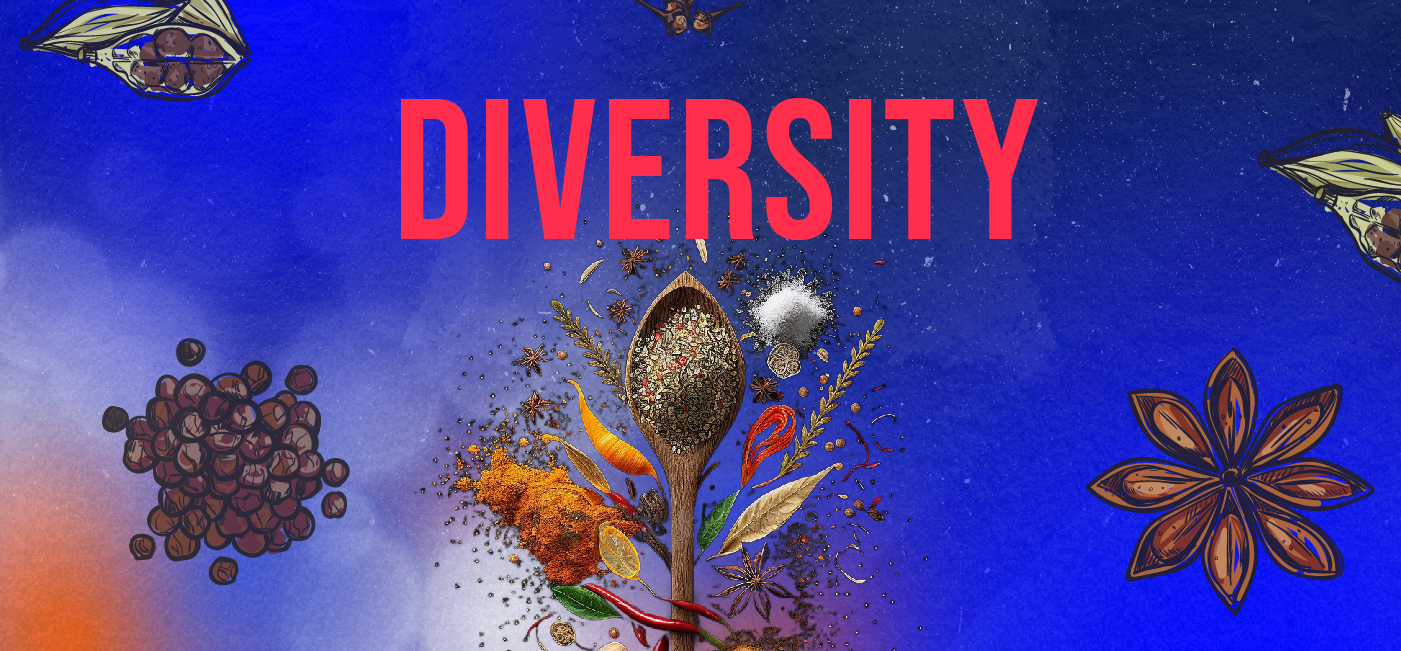
Product Diversity and Innovation
Although Indian households prefer buying single-ground spices and mixing them to their taste, MDH introduced blended spice formulas for various Indian dishes.
This innovation became an instant success as families began experimenting with ready-made formulas, expanding their culinary horizons beyond regional boundaries.
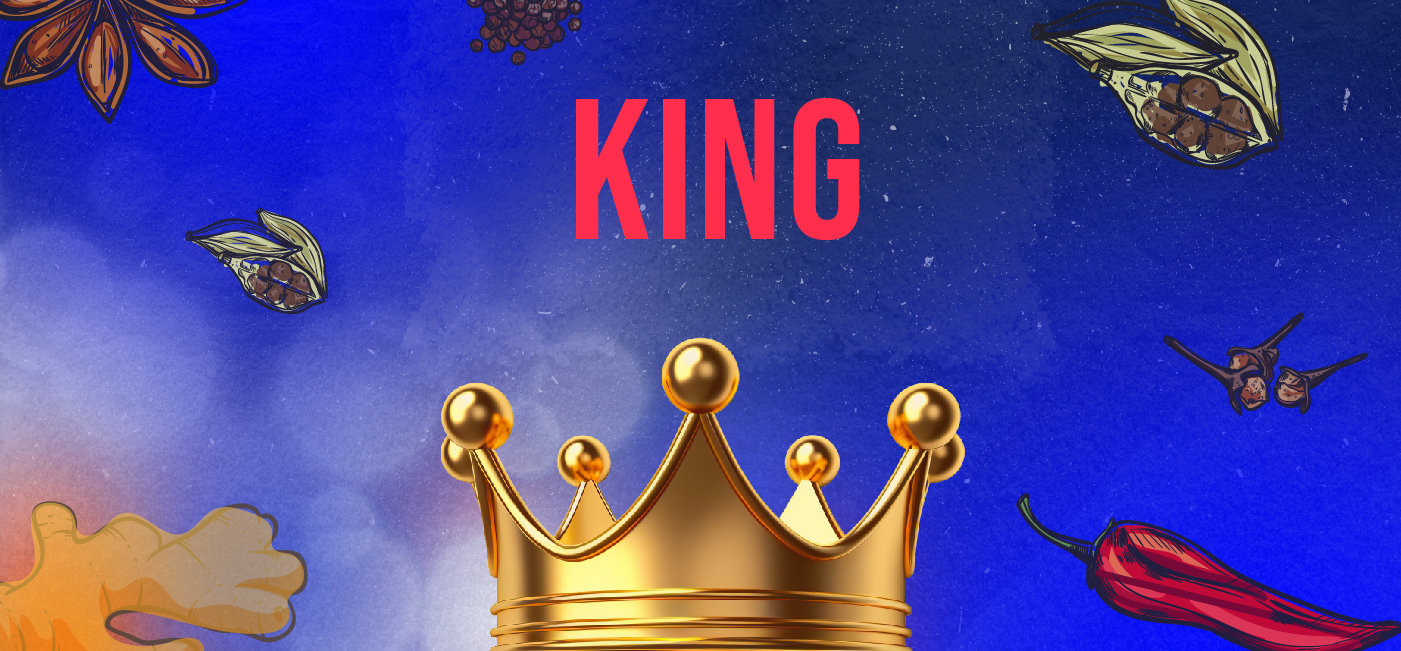
The Customer is King
MDH’s brand building is rooted in aligning with the larger values of its target customers. Their success lies in connecting with the cultural and culinary diversity of Indian households, and by doing so, they became the quintessential choice in every Indian kitchen
1975

A Socially Responsible Brand
MDH has been a pioneer in extending its brand for social causes. Infact, Dharampal was not only an industrialist but also a philanthropist.
He helped many underprivileged girls from poor families get married and contributed significantly to the PM CARES Fund during the COVID-19 pandemic, embodying the philosophy of giving back to the world.
In addition, the company has consistently demonstrated its commitment to community and social welfare by opening schools and hospitals and dedicating them to society.
2001-2020
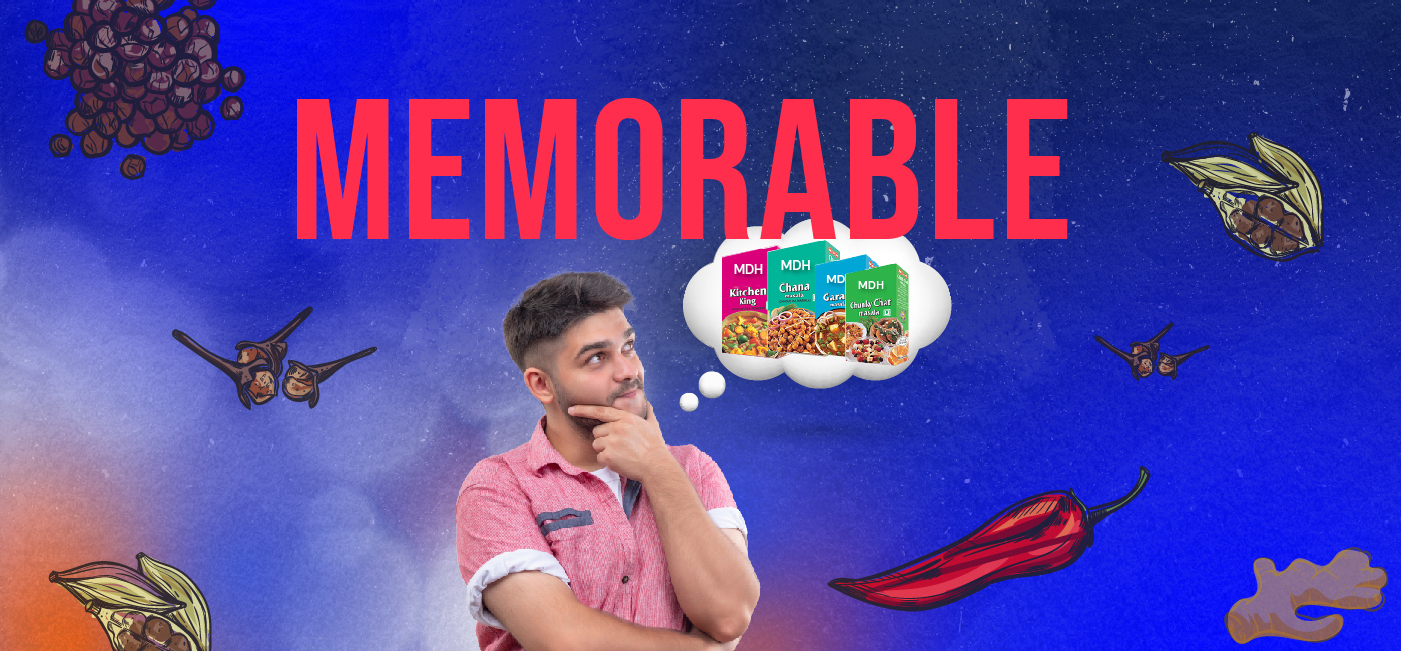
Memorable Years
2001 -MDH Spices ranked 490th among the unlisted Indian companies
2016 – Revenue shot up to Rs 9.42 billion
2017 – Mahashay became the highest-paid CEO
2019 – Mahashay receives Padma Bhushan for trade and industry
2020 – Mahashay’s legacy lives on
2020
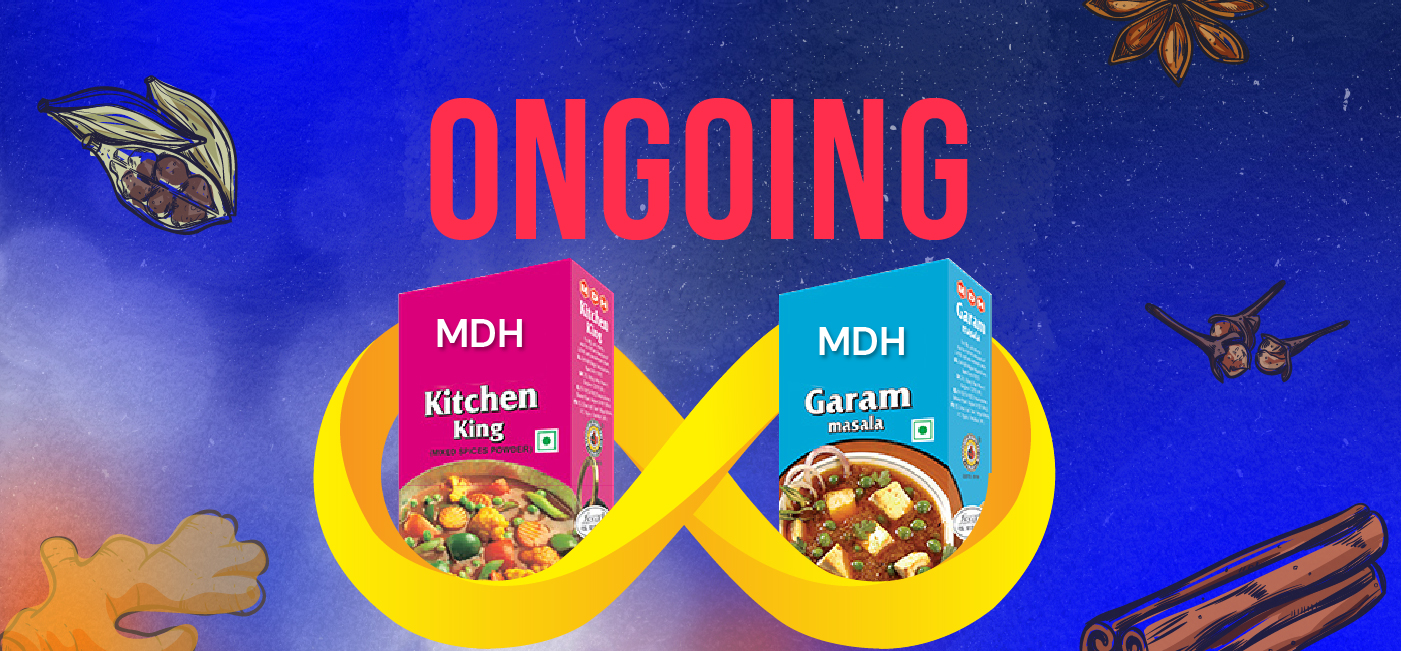
An Ongoing Legacy
Mahashay Dharampal Gulati passed away in 2020, but his legacy lives on.
MDH is still one of India’s most popular spice brands, and his masalas continue to bring joy to millions of kitchens worldwide.
How useful was this post?
Click on a star to rate it!
Average rating 4.4 / 5. Vote count: 52
No votes so far! Be the first to rate this post.
I’m Archana R. Chettiar, an experienced content creator with
an affinity for writing on personal finance and other financial content. I
love to write on equity investing, retirement, managing money, and more.
-
Archana Chettiarhttps://www.equentis.com/blog/author/archana/
-
Archana Chettiarhttps://www.equentis.com/blog/author/archana/
-
Archana Chettiarhttps://www.equentis.com/blog/author/archana/
-
Archana Chettiarhttps://www.equentis.com/blog/author/archana/

